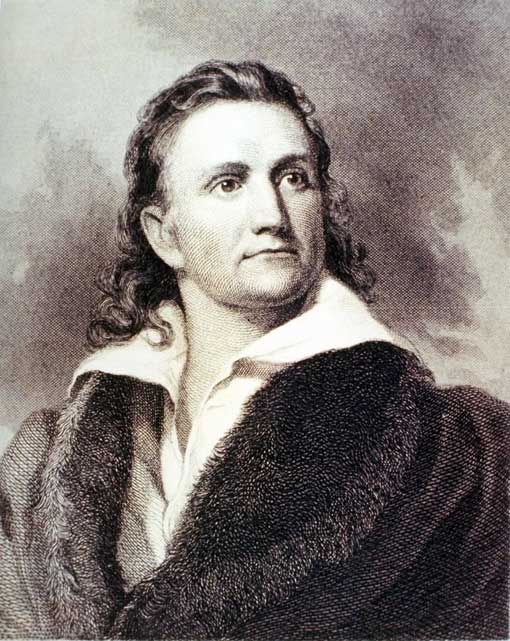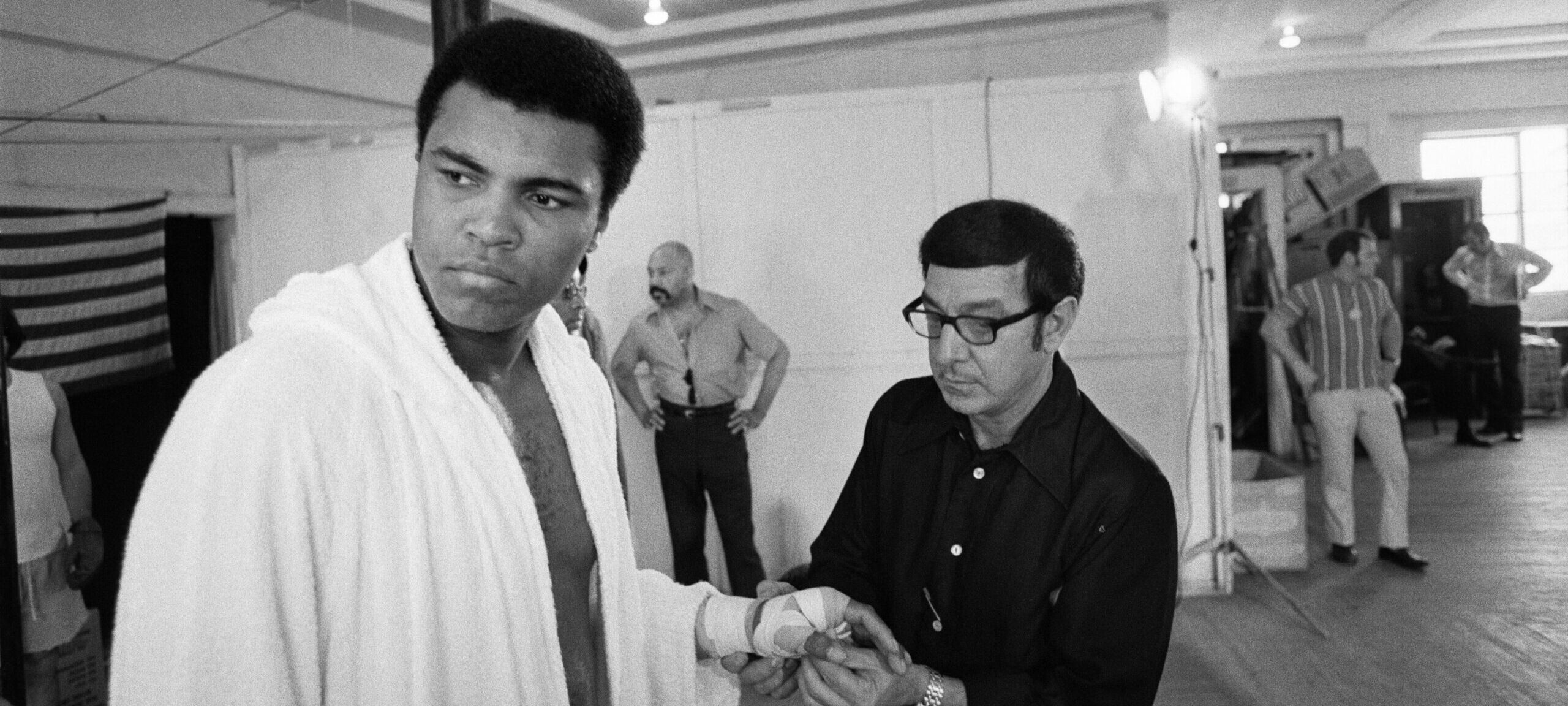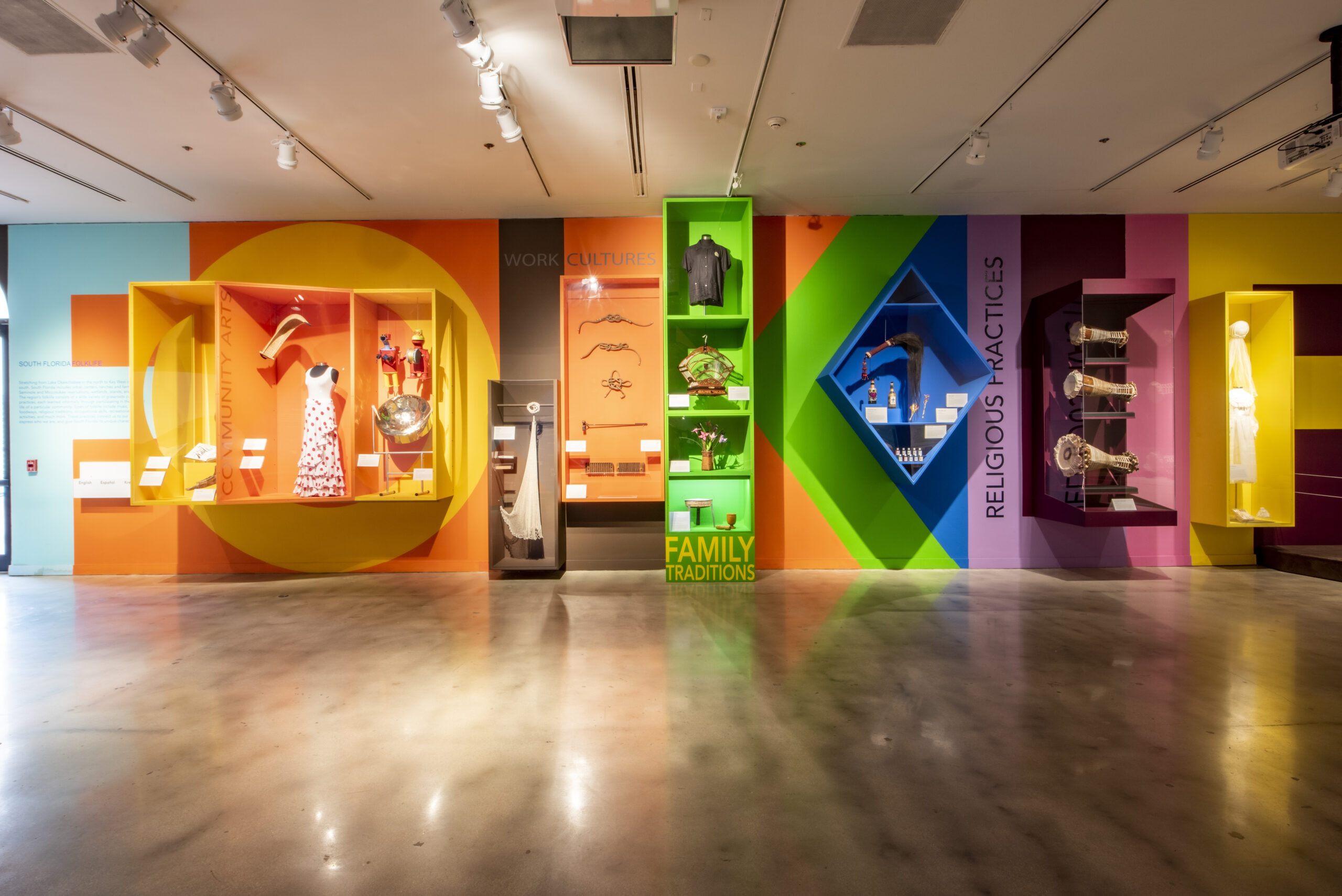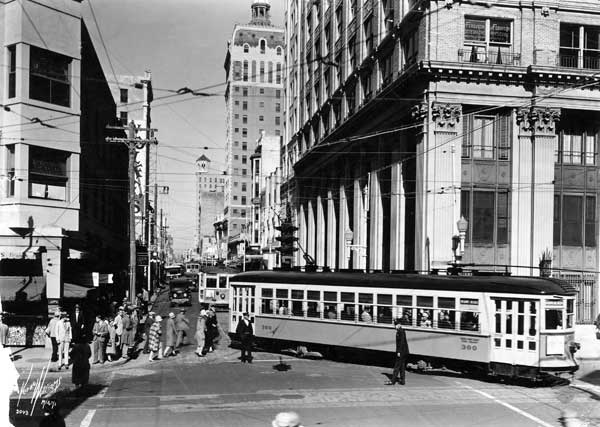PRINTS BY JOHN JAMES AUDUBON
WHAT ARE THE ELEPHANT FOLIO AND OCTOVO EDITION?
Early Editions of John James Audubon Prints
– The First Edition—the Elephant Folio The Birds of America consist of 435 prints of 457+ species of birds. The prints were issued in sets of five, between 1826 and 1838. Fewer than 175 folios of all 435 prints were completed. The birds are portrayed life-size on 29 1/2″ x 39 1/2″ paper. This paper size is called double elephant, from which the first edition of The Birds of America derives its nickname, the double elephant folio. The London engraver, Robert Havell, etched Audubon’s bird portraits and his assistants’ paintings of foilage and landscapes onto copper plates. Black and white prints were made from the copper plates. The engravings were then water-colored by hand. The folio was completed on June 20, 1838, twelve years after the first print had been engraved. – The Second Edition—the Octavo Edition Several publications supplemented the textless Birds of America. The Ornithological Biography was written by Audubon and William MacGillivray, and published in five volumes between 1831 and 1839. It describes the behavior of the birds depicted in the engravings, and Audubon’s experiences hunting and observing them. The text of The Ornithological Biography was reprinted in the second edition of The Birds of America between 1840 and 1844. Known as the octavo edition from its size, this smaller version was reprinted eight times between 1856 and 1871. The octavo edition contained 500 hand-colored lithographs on pages measuring 6 1/2 x 10 or 10 3/4 inches.HOW OTHER ARTISTS VIEWED FLORIDA AND CARIBBEAN WILDLIFE
Natural History Artists who Visited Florida
John James Audubon drews birds from freshly killed specimens or from life, and tried to make them look as life-life as possible. Other eighteenth and early nineteen century artists drew animals that looked either recently dead or stylized.Mark Catesby
British naturalist Mark Catesby visited the region in beginning in 1722. His drawings were reproduced in The Natural History of Carolina, Florida and the Bahama Islands between 1731 and 1743. The prints included birds, fish and other wildlife. Catesby’s and Audubon’s prints have been reproduced countless times since their publication.BEGINNINGS
John James Audubon
John James Audubon was born in Santo Domingo, present-day Haiti, in 1785. He grew up in France, where his loving stepmother encouraged his interests in drawing and the outdoors. His father sent him to the United States in 1803 to avoid Napoleon’s draft. Over the next 17 years, Audubon unsuccessfully wandered from career to career, and place to place. In 1820 Audubon began his masterpiece, The Birds of America. From then on, he devoted most of his time to painting birds, with the intent of printing as engravings life-size portraits of all the kinds of birds in the United States. Unable to secure financial backing in the United States, Audubon went to Europe in 1826. There he found both subscribers and engravers for the project. The first prints were made that same year. Over the next twelve years, Audubon divided his time between London and America. When abroad, he supervised the engraving and coloring of the prints. In America, he traveled in search of birds to paint. Audubon returned from England in 1831 to draw new birds for the folio. His first expedition was to the east coast of Florida to find water birds and tropical species. George Lehman, a landscape painter, came to do backgrounds for the bird portraits.CHARLESTON, SOUTH CAROLINA
Key West
Charleston, South Carolina, proved important for Audubon’s Florida journeys, his career, and his personal life. There he met the Reverend John Bachman, who became a life-long friend. Bachman gave him letters of introduction to prominent Key West men, such as Dr. Strobel, that made Audubon’s Key West visit more productive. Audubon first visited Charleston, South Carolina, in 1831 when seeking transportation south to St. Augustine. He returned, by way of Savannah, Georgia, after his St. Augustine adventures, again to find a boat sailing to Florida, this time to the Keys and the Dry Tortugas. When he left the Keys, he returned to CharlestonSAINT AUGUSTINE
Saint Augustine Audubon’s party arrived in St. Augustine on November 20, 1831. Until March 5, 1832, they hunted birds in northeast Florida. They visited the plantations of General Hernandez, John Bulow (now a state historic site near Ormond Beach), and Colonel Orlando Rees, and explored the Halifax and St. Johns Rivers.
“When the United States purchased the peninsula from the Spanish Government, the representations given of it by Mr. Bartram and other poetical writers, were soon found greatly to exceed the reality.”
THE FLORIDA KEYS
Indian Key
Audubon left Charleston aboard the Marion on April 19, 1832. Five days later it passed the Cape Florida Light, and reached Indian Key on April 25, where the cutter remained for a week. Audubon hired James Egan as a guide. Egan, a Bahamian, had settled on the Miami River around 1800. The land on which the Historical Museum is built belonged to Egan.FLORIDA BAY
With Egan as guide, Audubon explored Florida Bay, including Sandy Key, a rookery near Cape Sable.
“… seldom have I experienced greater pleasures than when on the Florida Keys, under a burning sun, after pushing my bark for miles over a soapy flat, I have striven all day long, tormented by myraids of insects, to procure a heron new to me, and have at length succeed in my efforts. And then how amply are the labours of the naturalist compensated, when, after observing the wildest and most distrustful birds, in their remote and almost inaccessible breeding places, he returns from his journeys, and relates his adventures to an interested and friendly audience.”
KEY WEST
THE DRY TORTUGAS
Coral and Florida lobster
Between May 10 and 16, 1832, Audubon sailed to, explored, and returned from the Dry Tortugas. While there he drew pelagic and tropical birds. As birds were nesting, his timing was excellent. Audubon left Key West on board the Marion on May 22. After a stop at Indian Key, he left the Keys for Charleston on May 31.ENDINGS
REPRODUCTIONS
The digital images on this web site are of materials from the collections of HistoryMiami. They may be downloaded for personal use (e.g., to a home PC, in a school project, etc.), providing credit is given to HistoryMiami. All other uses require prior permission and the payment of appropriate fees, where applicable (e.g., use on another web site, reproduction in a publication, etc.).
Contact the Research Center by email, telephone, fax or letter. Include precise information that will identify the image(s): The complete URL of the page where the image appears, and/or the image number.
Describe the intended use and the kind of reproduction you desire.
Research Center staff will respond promptly with an estimate of costs and time to fill the order. Pre-payment is required. Orders are usually filled within three to four weeks.
Most of the digital imager in this online exhibition were made from 35mm slides that were shot of the prints in HistoryMiami’s collection. Therefore, the digital images are of sufficient quality for the web, but not for reproduction in publications.

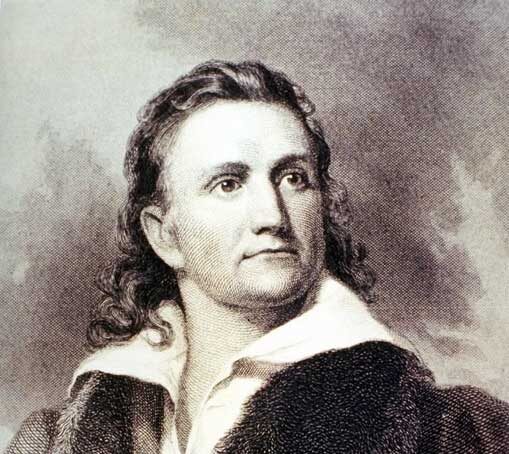
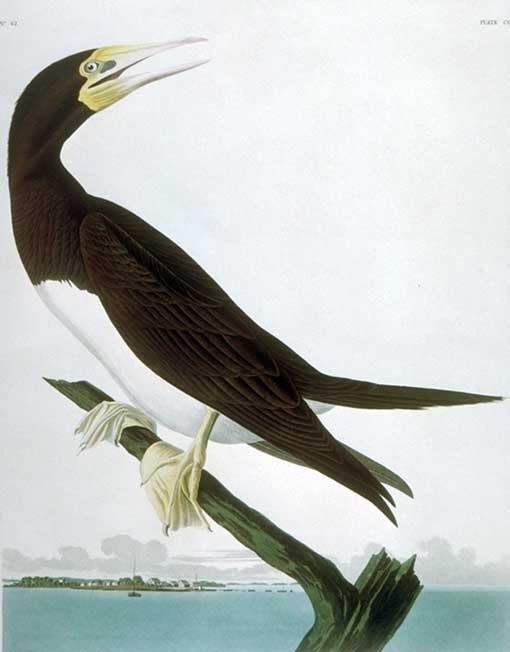
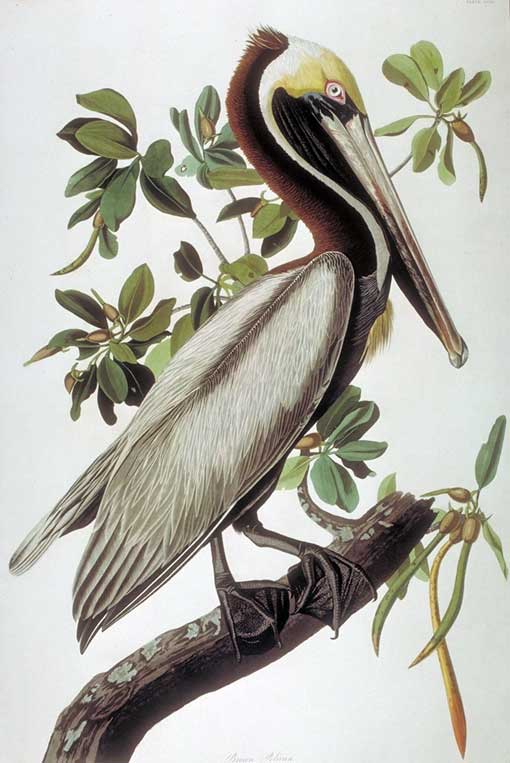
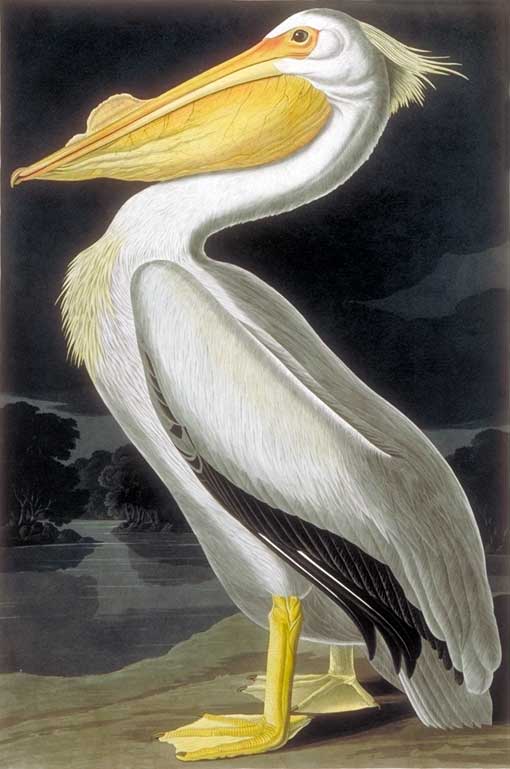

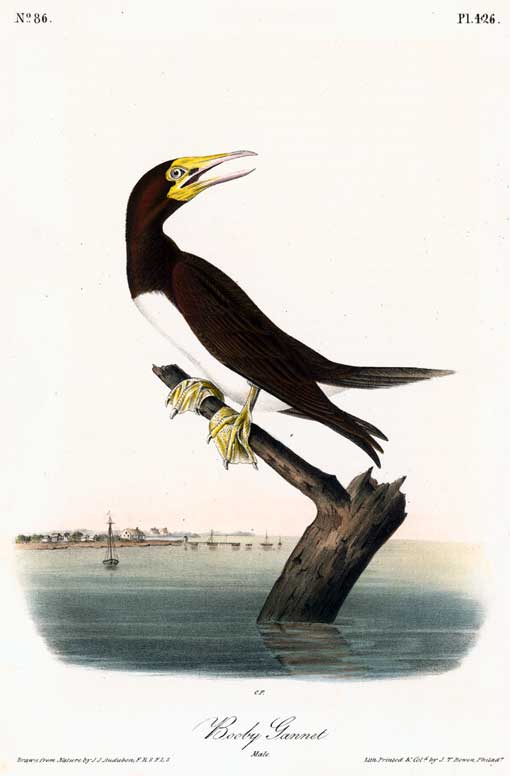
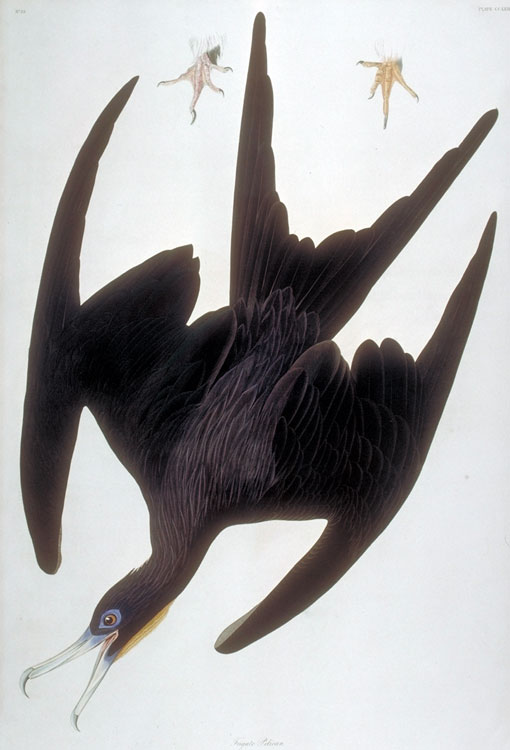
![Caption on plate: Louisiana Heron “On the 29th of April, while wading around a beautiful key of the Floridas, in search of certain crustaceous animals called the sea Crayfish [Florida lobster], my party and I suddenly came upon one of the breeding places of the Louisiana Heron.” This bird was painted the same day. Lehman’s background is said to be of a Florida Key. It better resembles the land around the Bulow plantation in northeast Florida.](/wp-content/uploads/tricolor-1.jpg)
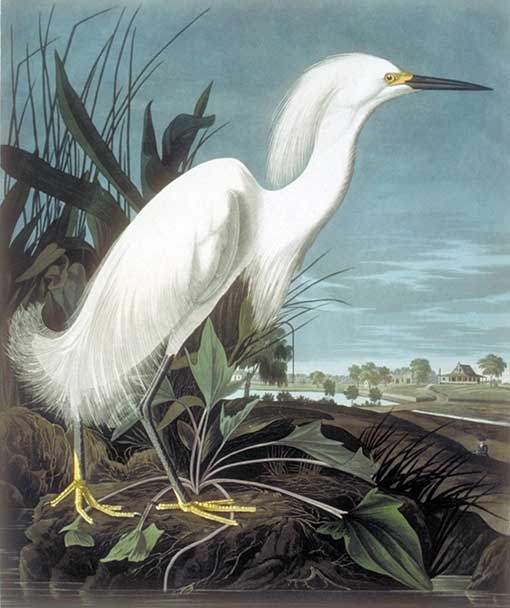
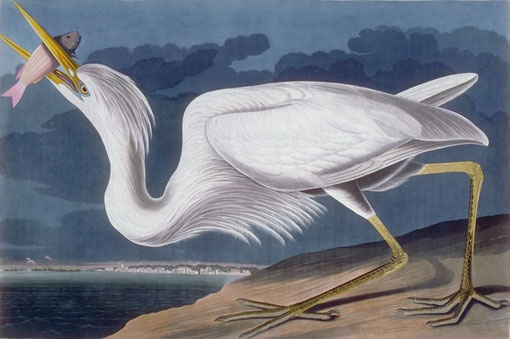
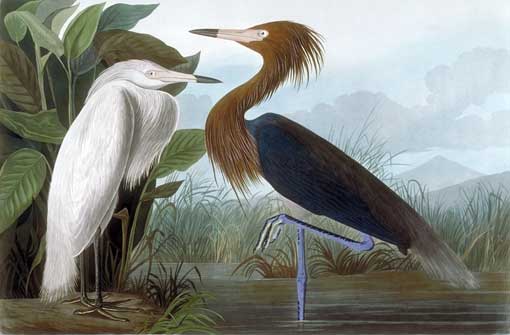
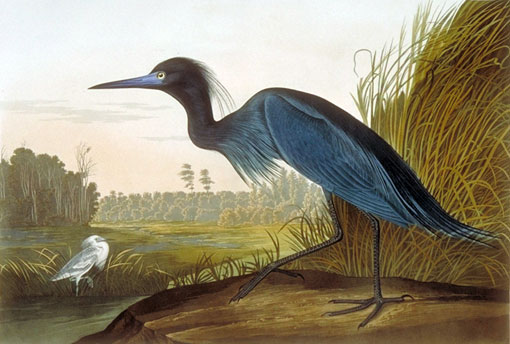
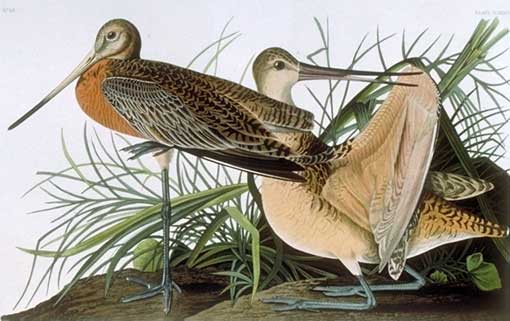
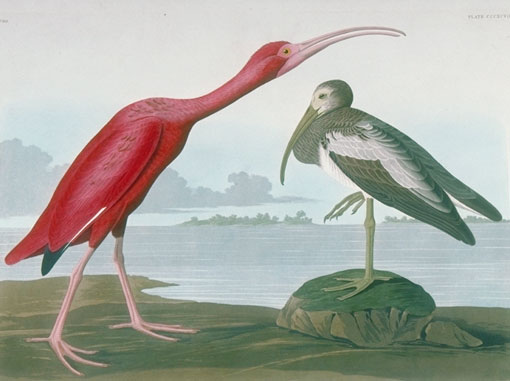
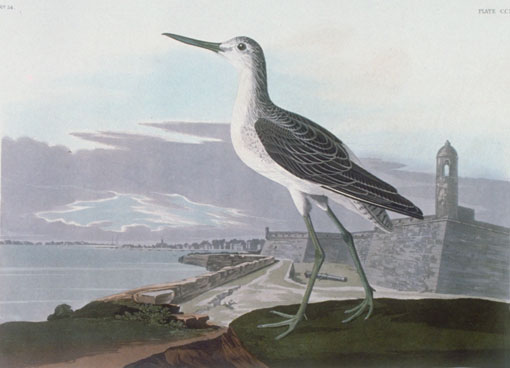
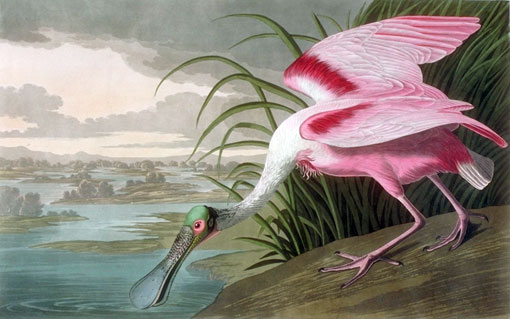
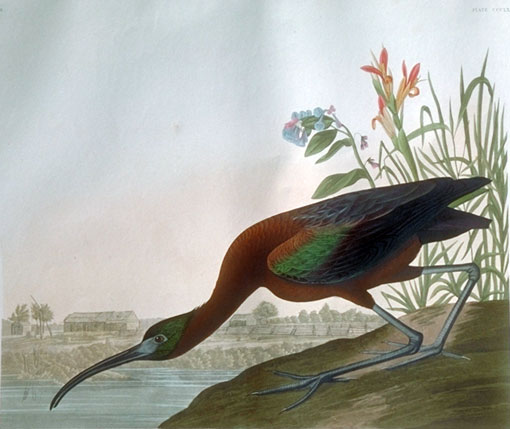
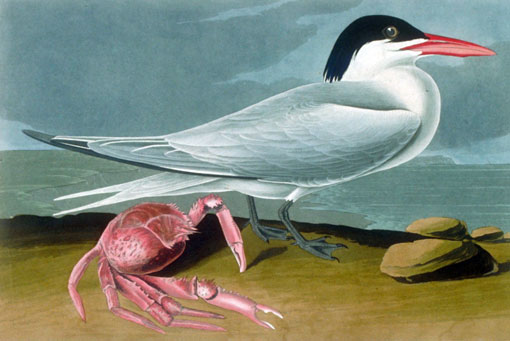
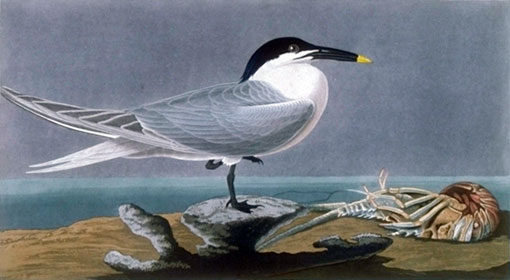
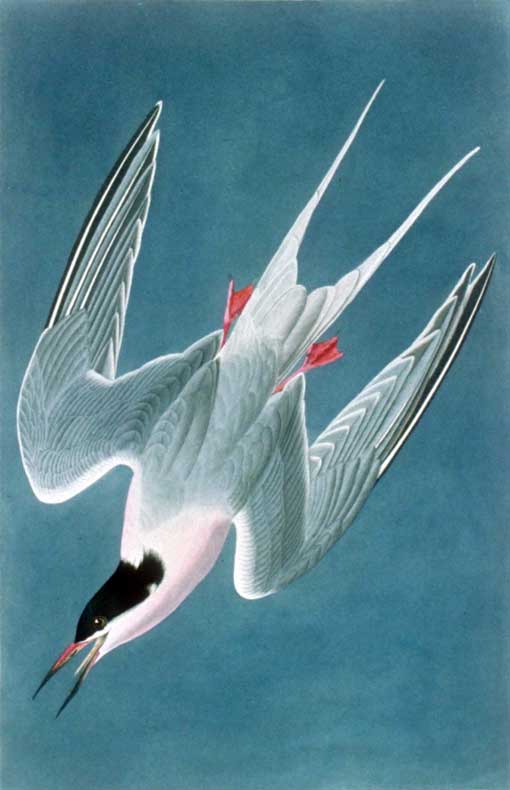
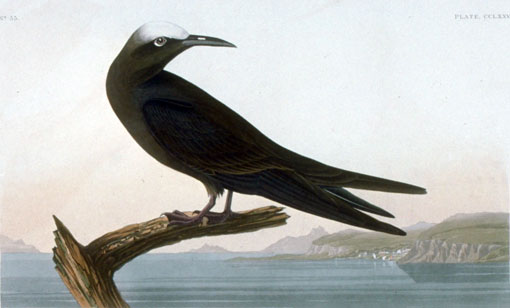
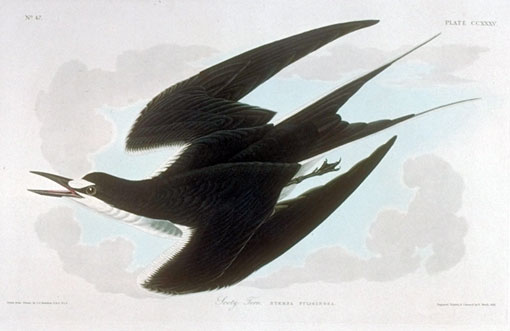

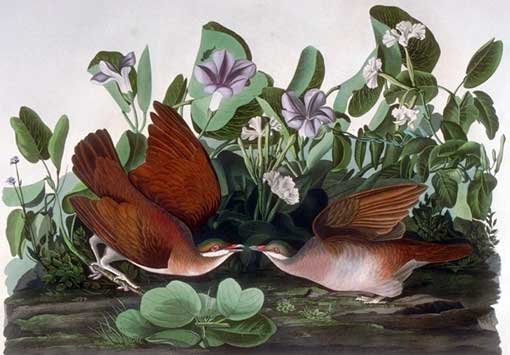

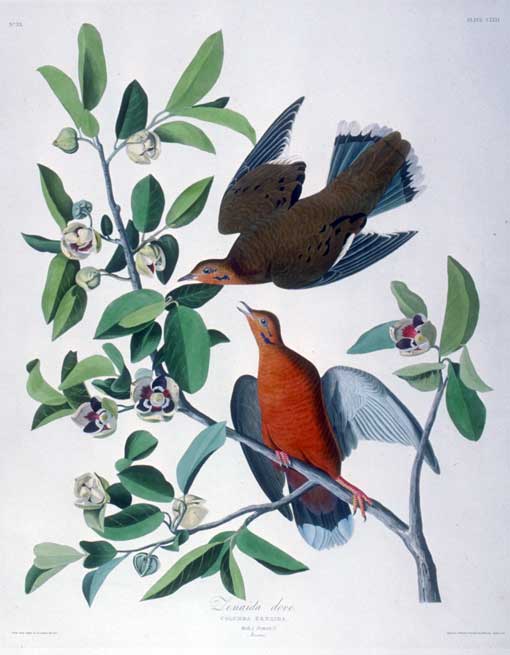
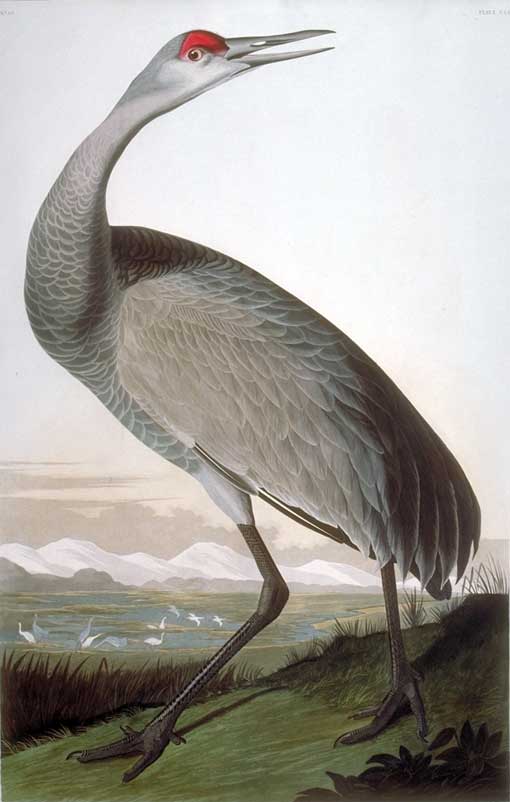
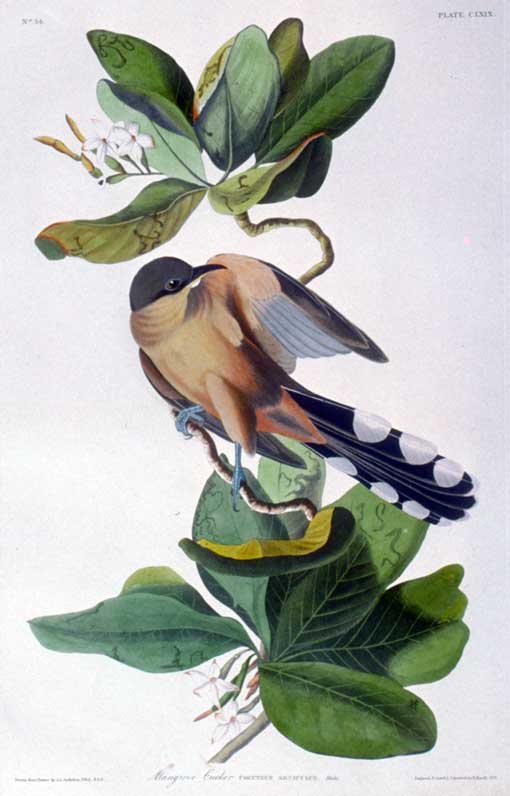
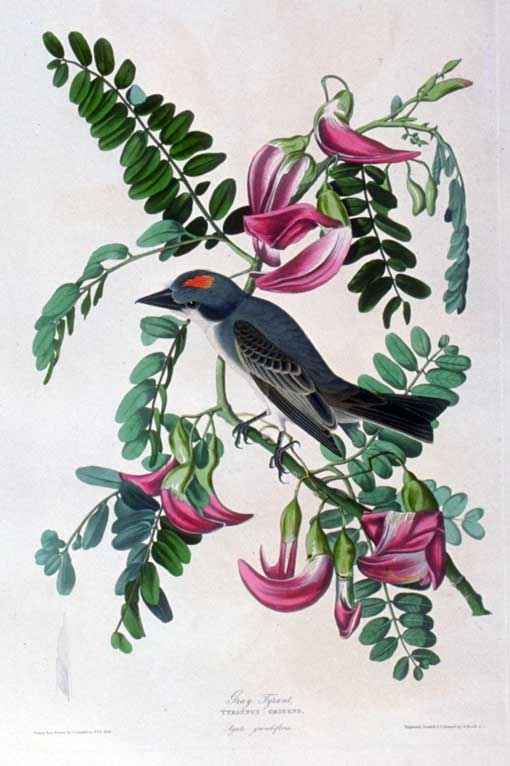
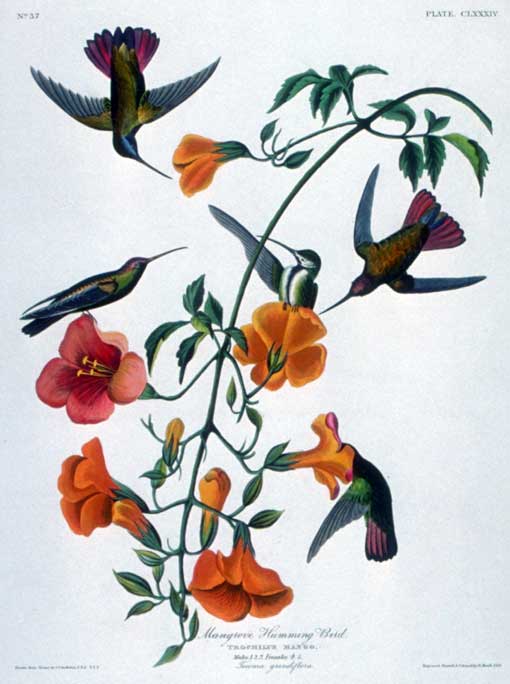
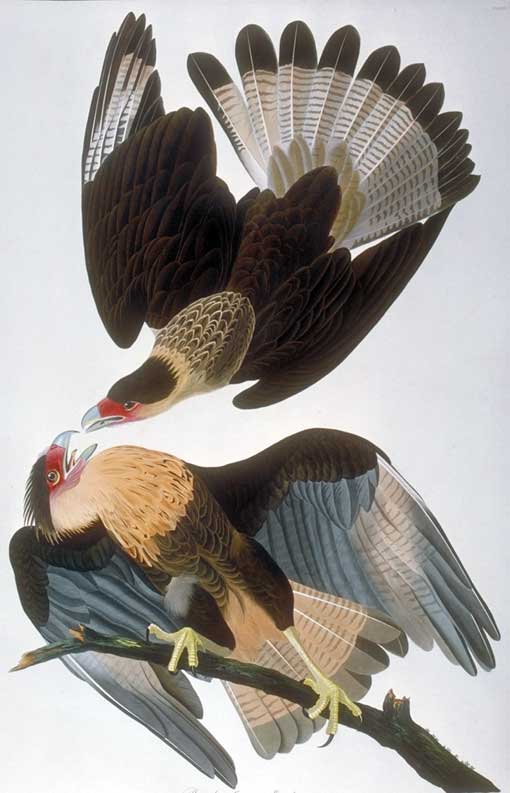
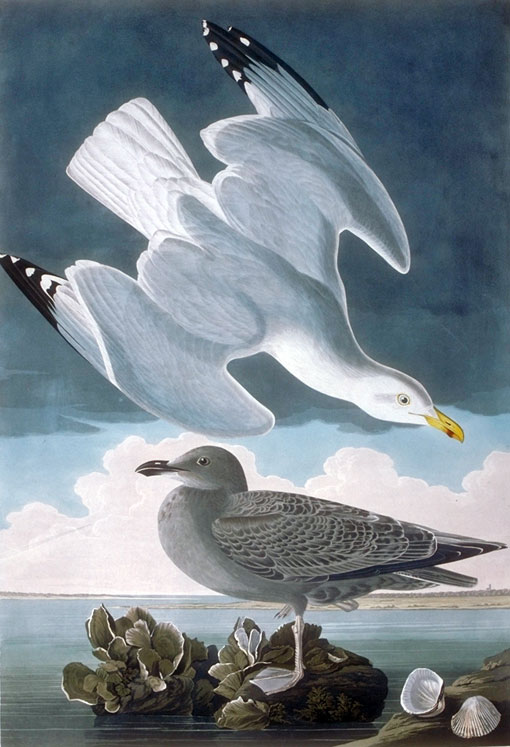
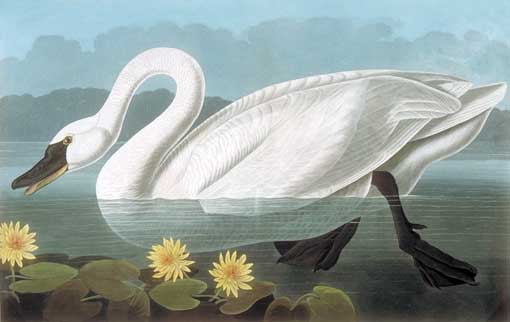
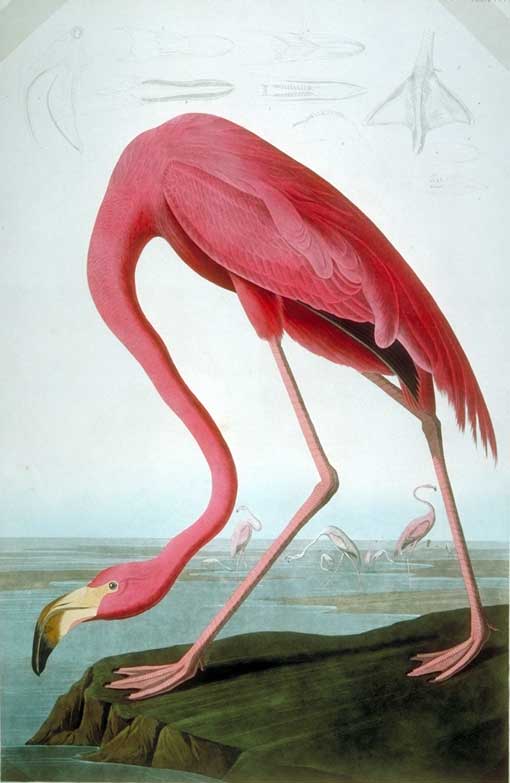
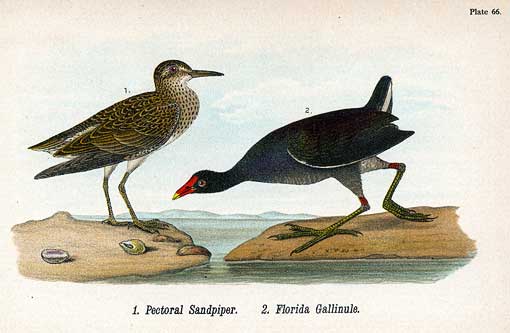
![Catesby, Mark, 1683-1749. Acus Maxima, Squammosa, Virdis. [Nuremberg : Paul Johnathan Felssecker, 1777.] This engraving first appeared in The natural history of Carolina, Florida and the Bahamas Island: containing the figures of birds, beasts, fishes, serpents, insects, and plants, Vol. II, by Mark Catesby. Nicholaus Friedrich Eisenberger and Georg Lichtensteger, engravers from Nuremberg, Germany, issued a copy of vol. II of Catesby's work in 1750. Following a sucessful run, the volume was reissued in 1777. This plate is from their book, Piscivim. serpentvm, insectorvm, aliorvmqve nonnvllorvm animalivm nec non plantarvm plantarvm qvarvndam imagines qvas Marcvs Catesby in posterior parte splendidi illivs operis qvo Carolinae, Floridae et Bahamensivm Isvlarvm tradidit historiam natvralem eivsqve appedice descripsit.](/wp-content/uploads/2006-336-2.jpg)
![Catesby, Mark, 1683-1749. Salpa purpurascens variegata & Petimbuabo Brasil. [Nuremberg : Paul Johnathan Felssecker, 1777.] This engraving first appeared in The natural history of Carolina, Florida and the Bahamas Island: containing the figures of birds, beasts, fishes, serpents, insects, and plants, Vol. II, by Mark Catesby. Salpa purpurascens is also know as the Lane-Snapper and Petimbuabo Brasil as the Tobaccopipe-Fish.](/wp-content/uploads/2006-336-1.jpg)
![Catesby, Mark, 1683-1749. Perca marina puncticulata & Perca marina cauda nigra [Nuremberg : Paul Johnathan Felssecker, 1777.] This engraving first appeared in The natural history of Carolina, Florida and the Bahamas Island: containing the figures of birds, beasts, fishes, serpents, insects, and plants, Vol. II, by Mark Catesby.](/wp-content/uploads/2006-336-3.jpg)
![Catesby, Mark, 1683-1749. Turdus Pinnis, branchialibus carens. [Nuremberg : Paul Johnathan Felssecker, 1777.] This engraving first appeared in The natural history of Carolina, Florida and the Bahamas Island: containing the figures of birds, beasts, fishes, serpents, insects, and plants, Vol. II, by Mark Catesby.](/wp-content/uploads/2006-336-4.jpg)
![Muscicapa [and] musa / [engraved by] Thackara & Vallance. Philadelphia? : Thackara & Vallance?, 1798. Clockwise from top left : M. Crinita (Great Crested Flycatcher), M. rubra (Summer Tanager), M. Carolinensis (Grey Catbird), Musa Sapientum (plantain plant), Musa Paradisaica (banana plant). The birds in this plate are copied from engravings in The Natural History of Carolina, Florida, and the Bahama Islands, by Mark Catesby. The bird in the center, a Summer Tanager, is colored a drab brown on this plate, but is actually a brilliant scarlet.](/wp-content/uploads/1995-467-2.jpg)
![Gyrinius, geoffraal, gracula ... / [engraved by] Thackara & Vallance. Philadelphia? : Thackara & Vallance?, 1798. Lower left: Grackle. The bird in this plate are copied from engravings in The Natural History of Carolina, Florida, and the Bahama Islands, by Mark Catesby. The bird in the center, a Summer Tanager, is colored a drab brown on this plate, but is actually a brilliant scarlet.](/wp-content/uploads/1995-467-1-1.jpg)
